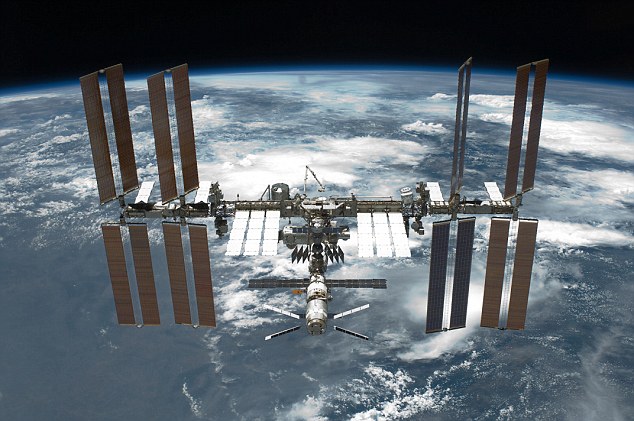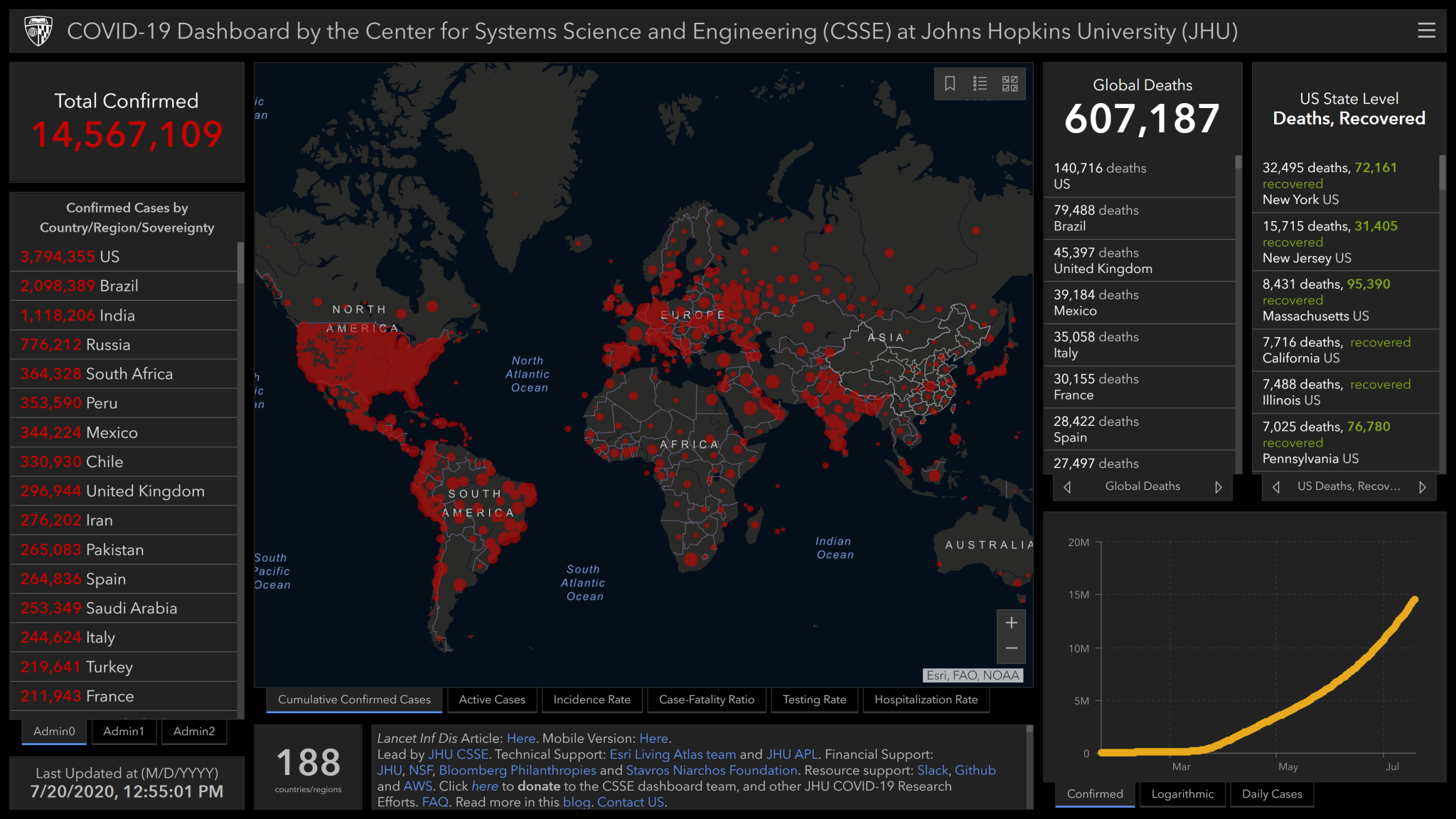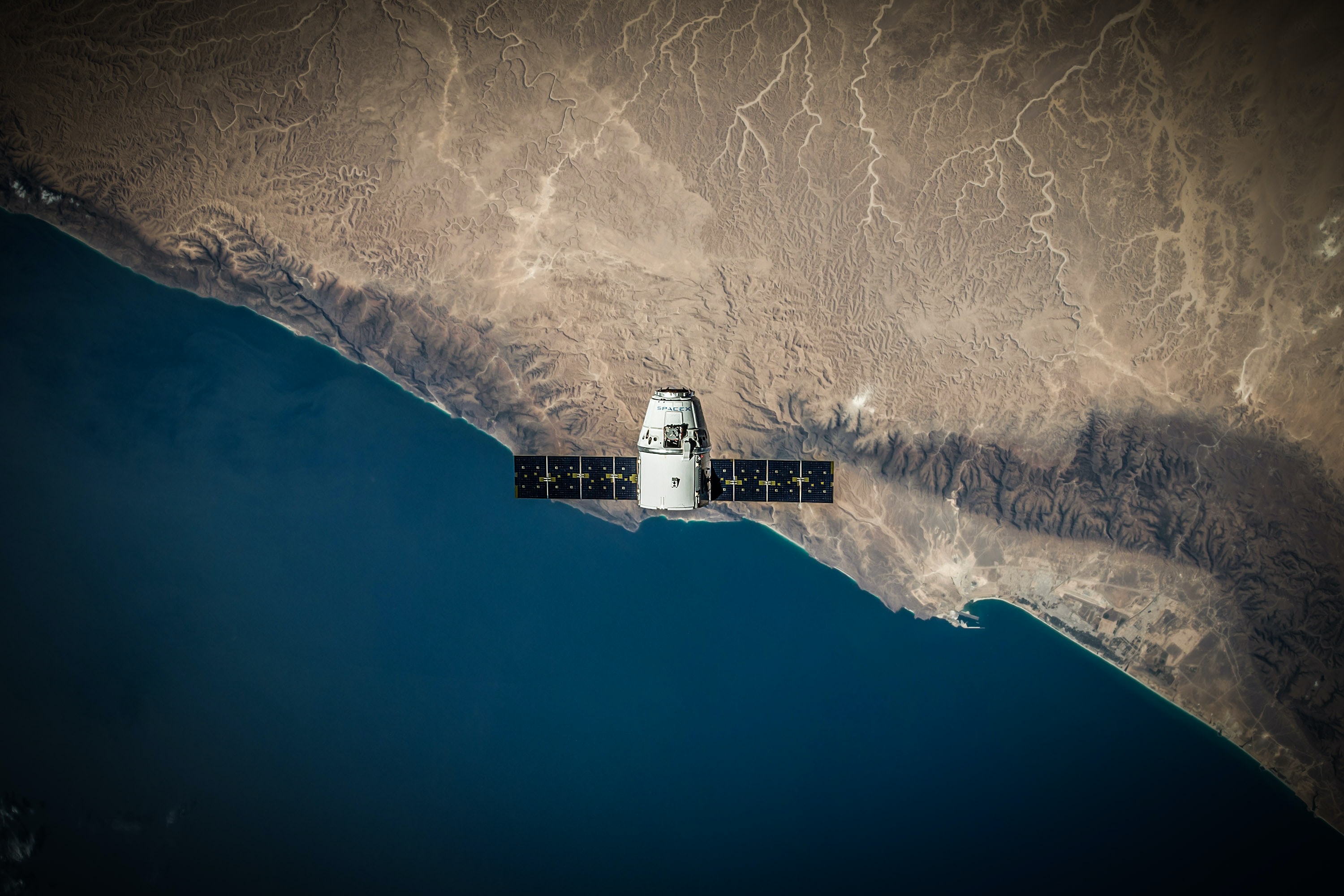ARTICLE SUMMARY:
Satellite technology launched the Space Race of the 1950s, and now it is serving an invaluable role in telemedicine, helping to equalize access to quality healthcare around the globe, allow for swift response to disasters, and lower the costs of care. Its impact on patient care and infection tracking during the COVID-19 pandemic has likely cemented satellite-based telemedicine as a critical component in healthcare of the future.
As highlighted previously here In MedTech History, technologies developed initially for space exploration have not only allowed for awe-inspiring images and knowledge about distant galaxies, but have also made significant contributions to life-saving medical innovations used here on Earth. Satellites, placed into orbit around our planet for the first time 63 years ago, are a space technology that impacts our daily lives perhaps in more ways than we realize. These rocket-launched marvels are used to study the vastness of space, and Earth’s atmosphere, land, and seas. Satellites are also used in other vital telecommunications such as cell phone, Internet, and global positioning systems (GPS), and they broadcast radio and television signals. They also allow for information and data of all kinds to travel from one area on Earth to another, even very remote destinations, via communication satellites.
A critical function of satellites is telecommunication between healthcare providers and patients (aka telemedicine or telehealth), which serves to equalize access to quality healthcare around the globe, allow for swift response to disasters, and lower the costs of care. The vital role that this technology is playing during the COVID-19 pandemic, in patient care as well as mapping and tracking the spread of infection, has likely cemented satellite-based telemedicine as a critical component in healthcare of the future.
The first artificial satellite was the 23-inch-diameter, 184-lb. Sputnik 1, launched by the Soviet Union on October 4, 1957 as part of the country’s five-mission  Sputnik program (see image). The launch of this shiny metal sphere, with four external radio antennas projecting from it that were used to broadcast radio pulses, effectively started the “Space Race” between the US and the Soviet Union. It also led to the creation of the US Defense Advance Research Projects Agency (DARPA) in February 1958, the National Aeronautics and Space Agency (NASA) in July 1958, and influenced US government spending on scientific research and education through the National Defense Education Act. The first American satellite to be launched was Explorer 1 in January 1958, which carried instrumentation to detect cosmic rays.
Sputnik program (see image). The launch of this shiny metal sphere, with four external radio antennas projecting from it that were used to broadcast radio pulses, effectively started the “Space Race” between the US and the Soviet Union. It also led to the creation of the US Defense Advance Research Projects Agency (DARPA) in February 1958, the National Aeronautics and Space Agency (NASA) in July 1958, and influenced US government spending on scientific research and education through the National Defense Education Act. The first American satellite to be launched was Explorer 1 in January 1958, which carried instrumentation to detect cosmic rays.
NASA first started experimenting with satellite-provided healthcare in 1966, when the ATS-1 satellite was used to provide patient care to rural areas in Alaska. This was motivated by the lack of local medical infrastructure, high rates of tuberculosis within the indigenous American-Indian community, and the need to demonstrate the value of satellite applications to state and federal agencies. During its 18-year lifetime, among its many accomplishments, the ATS-1 transmitted educational programs and provided health, research, and community services to the US and several Pacific locations, including the Cook, Mariana, Marshall and Caroline islands, as well as West and American Samoa, Melanesia, New Zealand, and Australia.
A major break in the progress of telemedicine came in the 1960s when several partners, including NASA, Lockheed Corp., and the US Indian Health Service joined together to work on the Space Technology Applied to Rural Papago Advanced Health Care (STARPAHC) project. STARPAHC provided communication satellite-based telemedicine access to an American Indian reservation. Other satellite-based initiatives that followed included providing medical care in war zones, as well as medical care to remote scientific stations in the Arctic and Antarctic, to correctional facilities in place of transporting inmates to the hospital, and in the digital transmission of radiology images (radiology was the first medical specialty to fully embrace telemedicine).
The largest satellite in orbit today (and notably also the single most expensive object ever built, with a cost estimated at over $120 billion) is the International Space Station (ISS; pictured here). About the size of a football field, the 460-ton platform orbits 250 miles above Earth, flying around the world  every 90 minutes at five miles per second. The first crew to reside on the station, Astronaut Bill Shepherd and cosmonauts Yuri Gidzenko and Sergei Krikalev, stayed onboard for several months starting in November 2000. It has been continuously occupied ever since. To date, 240 individuals from 19 countries have visited the ISS, according to NASA. Advances in telemedicine, disease models, psychological stress response systems, nutrition, cell behavior, and environmental health are just a few examples of the knowledge that has been gained from experiments conducted in the unique ISS low-Earth-orbit environment.
every 90 minutes at five miles per second. The first crew to reside on the station, Astronaut Bill Shepherd and cosmonauts Yuri Gidzenko and Sergei Krikalev, stayed onboard for several months starting in November 2000. It has been continuously occupied ever since. To date, 240 individuals from 19 countries have visited the ISS, according to NASA. Advances in telemedicine, disease models, psychological stress response systems, nutrition, cell behavior, and environmental health are just a few examples of the knowledge that has been gained from experiments conducted in the unique ISS low-Earth-orbit environment.
Advanced satellite technology is increasingly used in other aspects of public health as well, for example in assessing lake water around the world for contamination with infectious disease agents, and assessing the risk of vector-borne diseases, such as Lyme disease and West Nile virus, that are linked to climate and other environmental factors, according to the World Health Organization. Satellite mapping was also used during the 2014 Ebola outbreak, to help plan the response effort by locating existing and potential Ebola healthcare facilities in West Africa. In the United Kingdom, the GoodSAM App, developed by a consultant neurosurgeon and a professor at Imperial College London, connects people in cardiac arrest with nearby healthcare workers—like an Uber for healthcare.
Another impressive use of satellite technology is the COVID-19 Dashboard by the Center for Systems Science and Engineering (CSSE) at Johns Hopkins University. Built in January of this year as COVID-19 emerged and began its global spread, the COVID-19 Dashboard—which receives more than a billion hits a day—is a near-real-time map tracker of confirmed cases, deaths, and recoveries from COVID-19. The site was originally conceived as a way to push out data about cases to epidemiologists and disease modelers. It is now a major destination for healthcare professionals and the general public looking to view the data visualizations and to pull the (astounding)  aggregated data on COVID-19 cases. (Image shown here is from July 20, 2020; as of July 28, more than 16.6 million cases have been confirmed worldwide, according to the Johns Hopkins data.)
aggregated data on COVID-19 cases. (Image shown here is from July 20, 2020; as of July 28, more than 16.6 million cases have been confirmed worldwide, according to the Johns Hopkins data.)
Thanks to the pioneering developers of satellite technology more than 60 years ago, today these high-velocity objects circling the Earth are impacting life and patient care in ways that we could have never imagined—with the sky (or the thermosphere, to be more exact) as the limit for the future!
See related content about recent advances in telehealth and the device space from our publications MedTech Strategist and Market Pathways, and our Community Blog, on this page and by browsing or searching our archives.
(Source for featured image posted at the top of this page: SpaceX; downloaded from Unsplash.com)
#satellite #COVID19 #coronavirus #SpaceX #SpaceRace #telemedicine #telehealth #GPS #healthcare #communication #Sputnik #Sputnik1 #Explorer1 #ATS1 #tuberculosis #NASA #Lockheed #STARPAHC #radiology #DARPA #NationalDefenseEducationAct #ISS #InternationalSpaceStation #BillShepherd #YuriGidzenko #SergeiKrikalev #Lymedisease #WestNileVirus #Ebola #WHO #WorldHealthOrganization #GoodSAMapp #CSSE #JohnsHopkinsUniversity #COVID19Dashboard #InMedTechHistory #CommunityBlog #medicaldevice #medtech #MedTechStrategist #TracySchaaf
*End of Article*
![]() Trial MyStrategist.com and unlock 7-days of exclusive subscriber-only access to the medical device industry's most trusted strategic publications: MedTech Strategist & Market Pathways. For more information on our demographics and current readership click here.
Trial MyStrategist.com and unlock 7-days of exclusive subscriber-only access to the medical device industry's most trusted strategic publications: MedTech Strategist & Market Pathways. For more information on our demographics and current readership click here.
